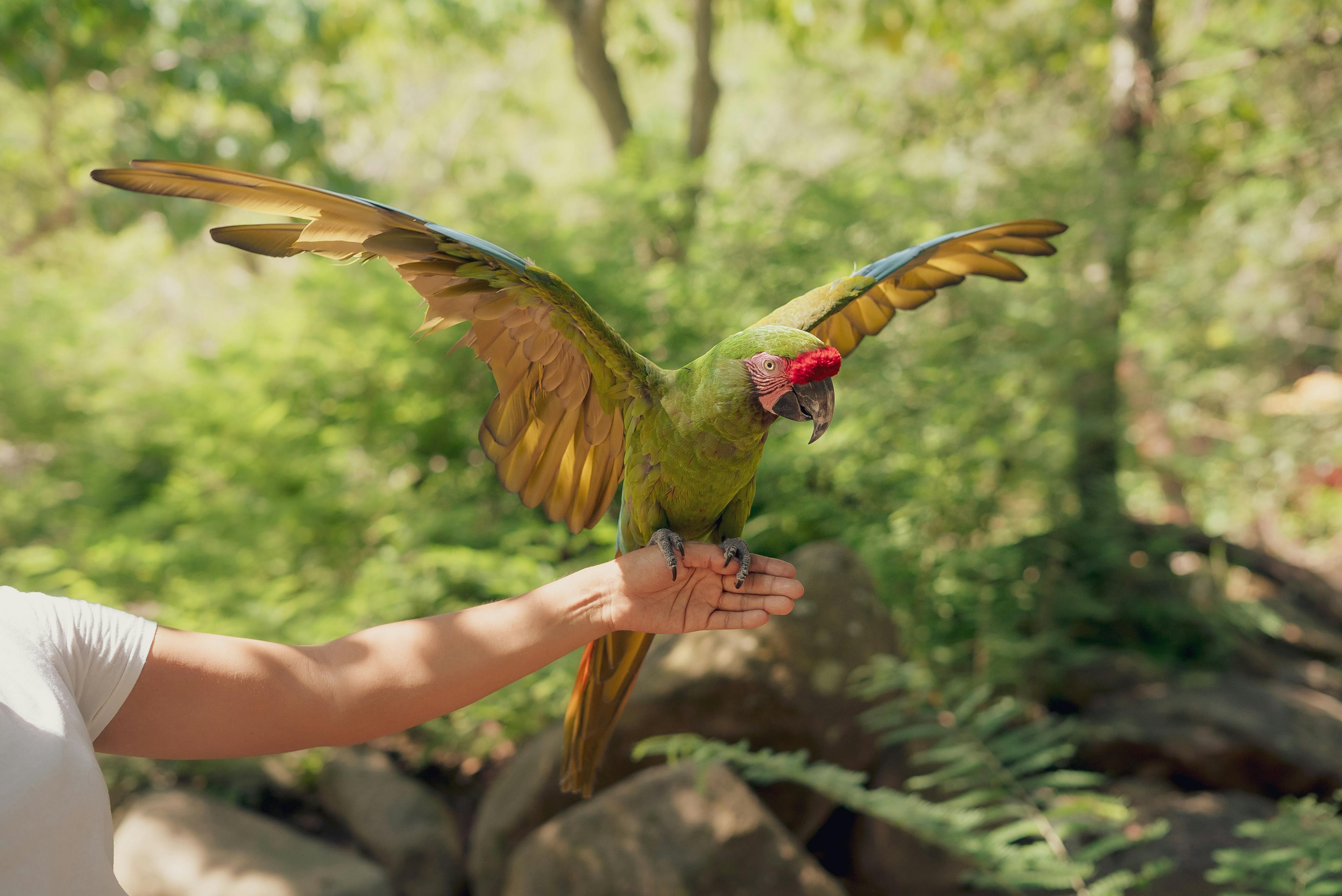Best 5 Ways to Optimize Your 75 Gallon Terrarium for Success
Setting the Foundation: Building a 75 Gallon Terrarium
Creating a successful 75 gallon terrarium begins with selecting the right base materials. As you embark on building a 75 gallon terrarium, it’s essential to consider a sturdy terrarium glass thickness that can withstand the structure's weight and pressure. Ensure the glass is at least 0.5 inches thick for durability.
Next, the choice of substrates plays a crucial role in sustaining plant life and creating a thriving ecosystem. Utilize a layered approach, starting with drainage solutions such as gravel at the bottom to prevent waterlogging. Over this layer, add a mix of potting soil and organic compost, fostering healthy plant growth and moisture retention.
Transitioning from base materials to a more dynamic aspect, let’s explore suitable plant selections for your terrarium.
Choosing the Right Plants for Your Terrarium
Using large terrarium plants, such as ferns and tropical species, can significantly enhance the beauty of your indoor 75 gallon tank. These plants not only contribute to aesthetic appeal but also function as natural air purifiers. For example, pothos and peace lilies thrive in a controlled environment, adding vibrant greenery to your setup.
Keep in mind the importance of terrarium plant compatibility. When choosing species, consider their growth rates and water needs. Some plants prefer high humidity, making them ideal for tropical terrariums, while others fare better in drier conditions. Engaging in plant species selection can greatly influence the overall success of your terrarium.
For more comprehensive care, let’s move on to effectively setting up terrarium lighting options.
Selecting Efficient Terrarium Lighting Options
Lighting is a pivotal factor in optimizing terrarium conditions and enhancing plant growth. Depending on whether you’re creating a bioactive terrarium setup or focusing on aesthetic displays, the type of illumination can vary. LED lights for terrariums are an excellent choice, not only for their energy efficiency but also for their ability to provide the necessary spectrum for plant photosynthesis.
Consider employing lighting timers for terrariums to maintain a consistent light schedule. This practice mimics natural sunlight cycles, aiding in better growth rates and preventing plant stress. Additionally, integrating heat mats for terrariums may be beneficial, especially for tropical plants that thrive in warmer climates.
Transitioning from lighting to maintenance, let’s delve into essential terrarium maintenance tips.
Essential Terrarium Maintenance Tips
Maintaining a healthy terrarium involves regular inspections to prevent common terrarium pests and diseases. Frequent monitoring allows you to address issues before they escalate, ensuring a thriving ecosystem. A watering schedule is crucial; however, avoid overwatering to prevent root rot—a common pitfall in terrarium care.
Incorporating terrarium growth monitoring practices can help track the health of both plants and any introduced animals for large tanks. Additionally, routine assessments of temperature and humidity can ensure climate stability, further promoting a balanced environment.
Now that we’ve established a foundation for success, let’s explore some creative ways to enhance your terrarium’s aesthetic appeal.
Creative Terrarium Decoration Ideas
Transforming your terrarium into a captivating landscape is an exciting endeavor. Consider adding decorative elements such as miniature figurines, driftwood, or 3D backgrounds for terrariums to create depth. Incorporating terrarium water features can introduce dynamic elements, enhancing the environment’s visual appeal.
Choosing a terrarium theme, whether it’s a vibrant rainforest or a mysterious forest, can guide your decoration choices. By strategically placing plants and decorations, you can create layers and areas of visual interest.
 When considering aesthetic modifications, it’s important to align them with the ecosystem's health. Using only eco-friendly terrarium options not only promotes sustainability but also ensures that your creations are safe for any living inhabitants you choose to introduce.
To further solidify your terrarium’s success, let’s round off with a discussion on eco-friendly practices and advanced techniques.
When considering aesthetic modifications, it’s important to align them with the ecosystem's health. Using only eco-friendly terrarium options not only promotes sustainability but also ensures that your creations are safe for any living inhabitants you choose to introduce.
To further solidify your terrarium’s success, let’s round off with a discussion on eco-friendly practices and advanced techniques.
Implementing Eco-Friendly and Advanced Terrarium Techniques
Embracing sustainable terrarium practices is beneficial not just for the environment but also aids in maintaining terrarium health metrics. Utilizing recycled materials for terrariums, such as glass containers and natural decorations, reduces waste and promotes eco-friendly designs.
Fostering terrarium ecosystems requires understanding the balance of flora and fauna. Implementing a self-sustaining terrarium system can lead to lower maintenance while optimizing conditions for plants and animals. This can be enriched by adding worms or beneficial bacteria that break down waste, creating a thriving ecosystem without the need for heavy intervention.
In conclusion, creating a thriving 75 gallon terrarium involves understanding its fundamental aspects, from effective environment monitoring to selecting compatible plants. The combination of design aesthetics and eco-friendly practices ensures a successful and beautiful biotope that will flourish for years to come.
 Its part of generated content. Can i generate another part?
Its part of generated content. Can i generate another part?
 When considering aesthetic modifications, it’s important to align them with the ecosystem's health. Using only eco-friendly terrarium options not only promotes sustainability but also ensures that your creations are safe for any living inhabitants you choose to introduce.
To further solidify your terrarium’s success, let’s round off with a discussion on eco-friendly practices and advanced techniques.
When considering aesthetic modifications, it’s important to align them with the ecosystem's health. Using only eco-friendly terrarium options not only promotes sustainability but also ensures that your creations are safe for any living inhabitants you choose to introduce.
To further solidify your terrarium’s success, let’s round off with a discussion on eco-friendly practices and advanced techniques.
 Its part of generated content. Can i generate another part?
Its part of generated content. Can i generate another part? 